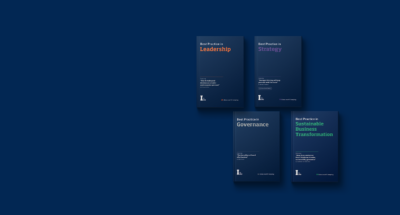Meanwhile, most automobile manufacturers had to cut production in the face of plummeting levels of demand, which has only ramped back up again in recent months. Though still below 2019 levels, it seems that the increase in demand was not captured in their demand-planning process.
The result? A supply chain perfect storm, with something for everyone: a concentrated, constrained supply combined with growing underlying demand, stockpiling and unforeseen spot demand peaks.
With semiconductors now so critical to so many different product categories, it is no surprise that the situation is getting a great deal of attention from both the media and national governments.
Could semiconductors trigger wider supply chain configuration?
As supply chains were disrupted in 2020, there was much discussion about companies reshoring or reconfiguring them to be more resilient. However, there is reason to be skeptical that this will occur in the absence of tangible incentives. After all, these supply chains have become highly extended and concentrated, through market forces of cost optimization and at the expense of agility and resiliency.
But here’s the twist: the ongoing semiconductor shortage might be the first prominent example of a post-pandemic major supply chain reconfiguration happening in front of our eyes.
Prompted in large part by the current situation, President Biden signed an executive order to conduct a review on what the US administration deems ‘critical supply chains’. It includes pharmaceuticals, rare earth minerals and semiconductors. Currently, only about 12% of semiconductor manufacturing occurs in the US.
What comes from the semiconductor shortage and executive order could have significant impacts on those future supply chains that the US has deemed ‘critical’. Any significant change to supply chain configurations would have to come with enough incentives to overcome cost motivations, and these could come in the form of grants, favorable tax treatments or other such measures.
A possible inflection point
There is a willingness to embrace new supply chain models. According to Gartner, 87% of supply chain executives are interested in investing in resiliency, with 30% of respondents reporting plans to shift to more regionalized supply chains.
But importantly, Gartner notes that any incremental costs will have to come out of existing supply chain budgets.
Companies already struggle to identify the costs of inflexibility and long, extended supply chains, particularly when compared against tangible, measurable purchase costs. Any successful change in the existing paradigm will have to come with either strong external incentives, be it tax incentives, grants or a third option – or a change in thinking.








